Beauty News, Wisdom Apothecary
Vulvovaginitis: Natural treatments for symptom relief
In this article, we’re going to discuss something that often goes unspoken but affects many women: vulvovaginitis. This is an inflammation of the vulva, characterized by symptoms such as burning, itching, irritation, and discomfort, which can occur in women of any age.
Microbiological Vulvovaginitis
This type of vulvovaginitis is caused by infections from fungi, bacteria, or parasites in the vaginal area, leading to burning, inflammation, excessive discharge, fissures, and itching. Such infections might arise from an imbalance in the vaginal microbiota, as seen in cases of candidiasis, or they may be sexually transmitted infections like trichomoniasis.
Vulvovaginitis Due to Immune Deficiency
In these cases, the issue stems from a malfunctioning immune system, which may either underperform, failing to protect against external allergens, or overreact, attacking everything, including the body’s own vaginal microbiota.
This can often lead to an overactive immune response, resulting in allergies such as vulvar dermatitis, which might be triggered by an allergic reaction to soaps, creams, spermicides, or synthetic clothing. If the underlying cause is an autoimmune disorder, conditions like lichen sclerosus can develop, affecting the vulvar skin and causing chronic inflammation. This condition typically results in intense itching and can lead to a loss of elasticity in the vulva, resembling atrophy.
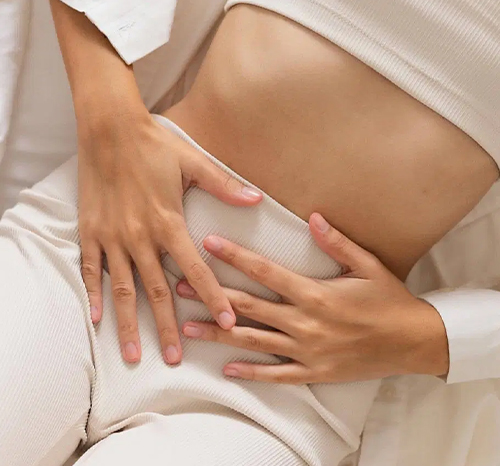
Atrophic Vulvovaginitis
This type of vulvovaginitis occurs due to decreased estrogen levels, which cause the tissues lining the inside of the vagina to thin, dry out, and become inflamed. It most commonly affects women who are going through menopause or are in the postmenopausal stage, but it can also occur during breastfeeding or any other time when estrogen levels are low.
Common symptoms include inflammation, discomfort, irritation, and itching, which can affect the clitoris, vestibule, and labia, leading to pain during sexual intercourse or discomfort when sitting for extended periods.
It’s important to note that the causes of vulvovaginitis can overlap. For example, a woman might have an immune deficiency while also experiencing vaginal wall atrophy or an infection. Therefore, it’s crucial to consult a gynecologist who specializes in these issues to receive an accurate diagnosis and a treatment plan tailored to your specific needs.
Common Factors Contributing to Vulvovaginitis
Vulvovaginitis affects women of all ages who may share one or more of the following characteristics:
- HPV infection
- Allergies or hypersensitivity to various substances
- Use of hormonal contraceptives
- Persistent alterations in vaginal pH
- Stress and anxiety
- High sensitivity in the vulvar area
- Immune system insufficiency
- Hormonal changes
- History of sexual abuse
- Previous cryotherapy or laser treatments
The physical and emotional impact of vulvovaginitis can be significant. Often, it is a condition suffered in silence, accompanied by feelings of shame, embarrassment, and insecurity. Many women find that vulvovaginitis diminishes their enjoyment of sexual activity, which in turn can affect their intimate relationships. In daily life, the discomfort can be so intense that it becomes difficult to sit for long periods or engage in common activities like cycling, where the vulva might be exposed to friction or pressure.
Gentle Recommendations for Managing Symptoms Naturally and Holistically
If you’re reading this, it’s likely because you’re interested in natural health solutions. Here are some respectful options to help care for your body:
-
Protect Your Vaginal pH: Avoid using conventional soaps, especially those with fragrances. If you do use soap, ensure it is hypoallergenic and natural. Washing the genital area gently with water alone can reduce irritation, and when drying, pat the area gently rather than rubbing.
-
Seek Support: Don’t suffer in silence. Psychological support can help you manage the emotional aspects of the condition. Sometimes, simply sharing your experience and frustrations can lighten the emotional burden.
-
Wear Vulva-Friendly Clothing: Avoid synthetic pads and underwear. Opt for natural cotton and avoid wearing tight clothing or thongs.
-
Be Cautious with Lubricants: If you need a lubricant, choose organic almond or moringa oils and avoid flavored or synthetic products.
-
Pelvic Floor Exercises: Especially if you’ve given birth or are entering menopause, strengthening your pelvic floor can help reinforce the internal muscles of your vagina and perineum.
-
Let the Air Flow: Increase ventilation in the intimate area by avoiding wearing underwear to bed.
-
Pamper Your Vulva: Our Vulva Bliss Sitz Bath is a soothing remedy to manage inflammation, pain, burning, and discomfort in your most intimate area. This powerful blend of plants, including witch hazel, yarrow, thyme, red vine, and calendula, provides antiseptic, calming, anti-inflammatory, and relaxing properties to care for your vulva as it deserves.
How to Use Sitz Baths
To prepare a sitz bath, boil 2 tablespoons of medicinal plants in 2 liters of water for 10 minutes over low heat. Let the plants steep in the covered pot until the water cools, then strain the mixture. Use a shallow container like a bidet or basin that allows you to cover the entire vaginal area. Sit in the bath and enjoy a peaceful moment. We recommend taking 1 to 2 sitz baths daily until symptoms subside.
You can also use this infusion after urinating or having sexual intercourse by applying it with a vaginal douche bottle, and gently patting the area dry to avoid irritation.
As always, prioritize your self-care and treat yourself with love.
**** This article is for informational purposes only and is not intended to diagnose, offer medical or nutritional treatment, or replace the advice of a professional therapist. Always consult a healthcare professional before starting any treatment.


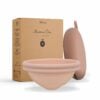
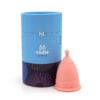














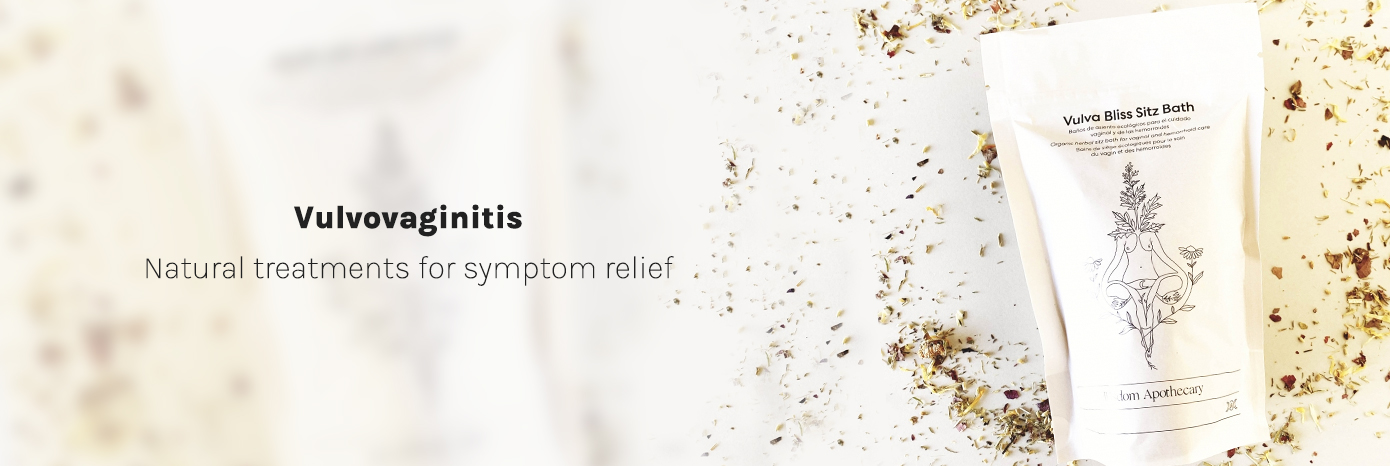

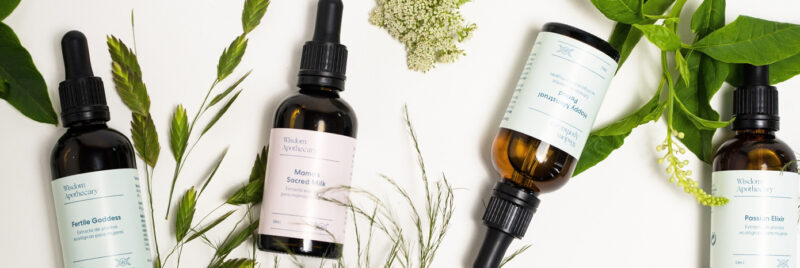
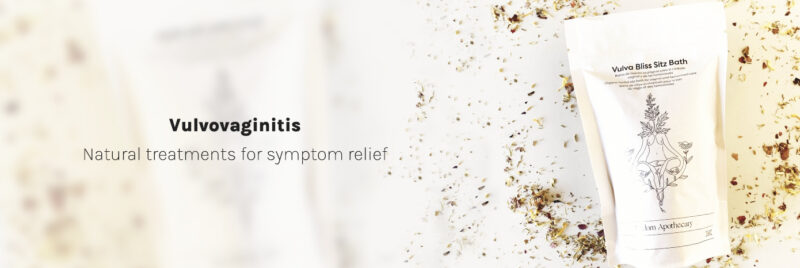
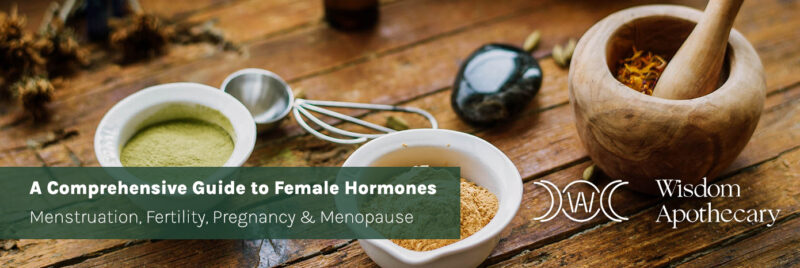
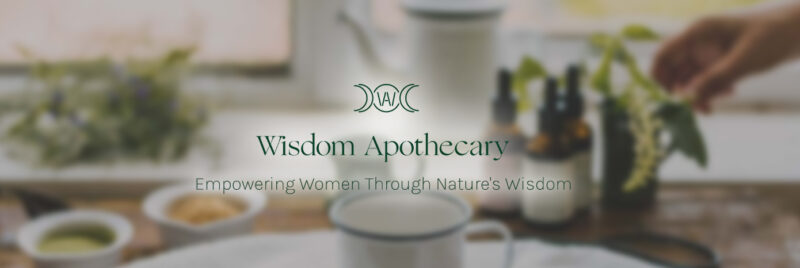
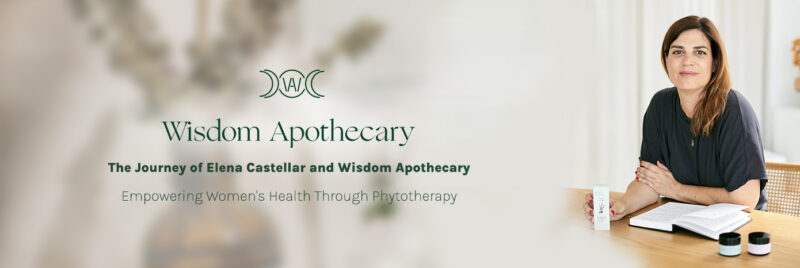
 Beauty Products
Beauty Products By Skintype
By Skintype Brands A-Z
Brands A-Z Wellness
Wellness Health / Nutrition
Health / Nutrition